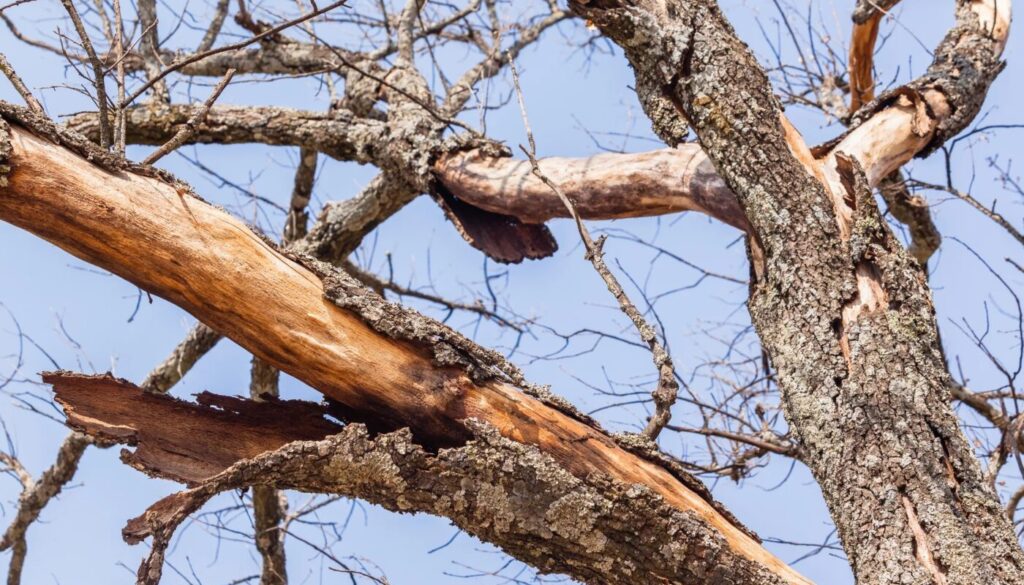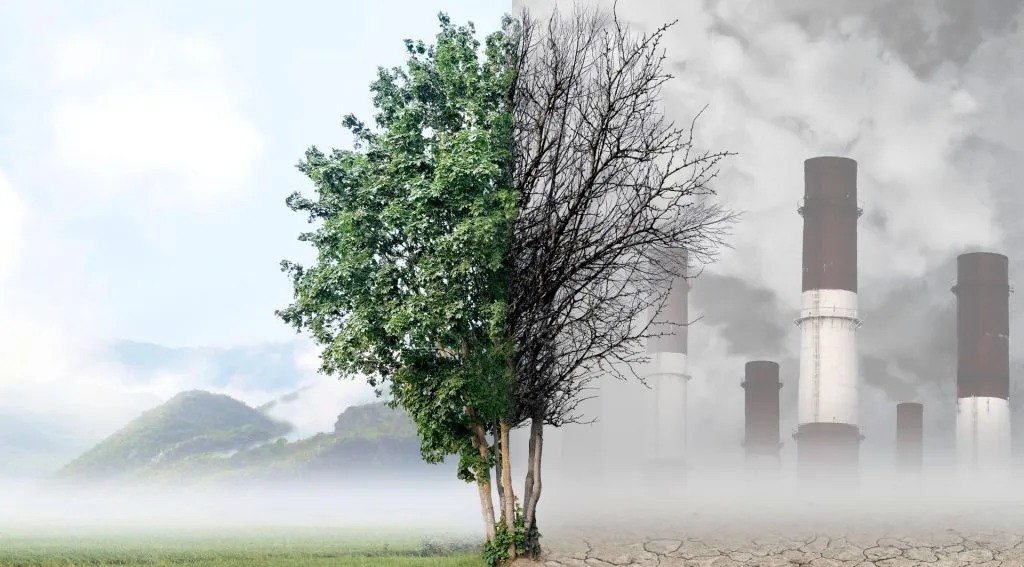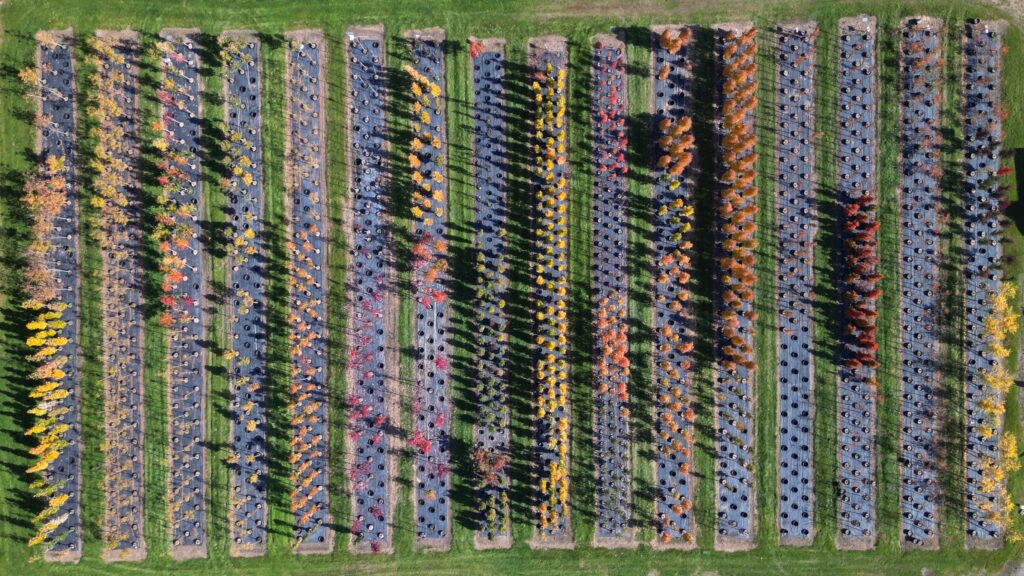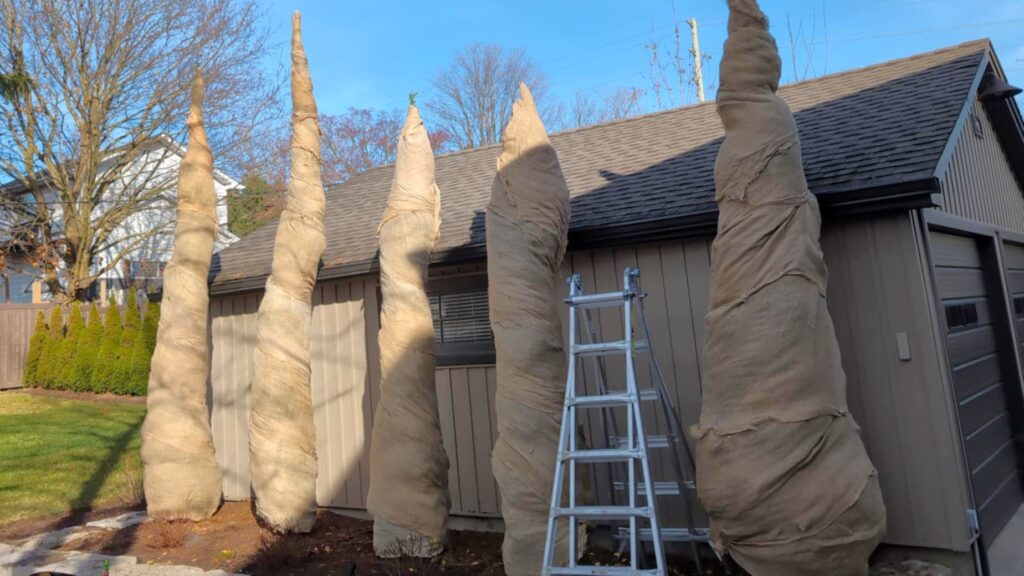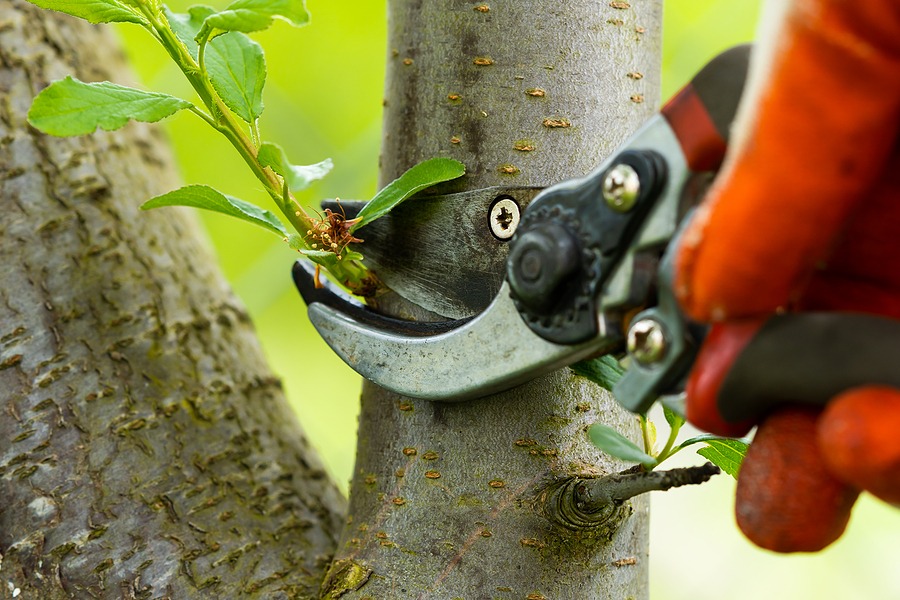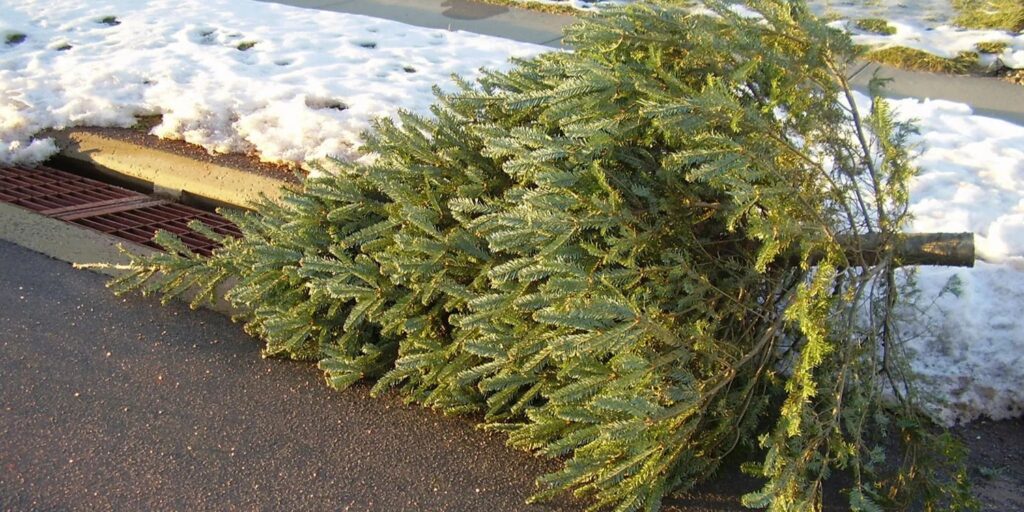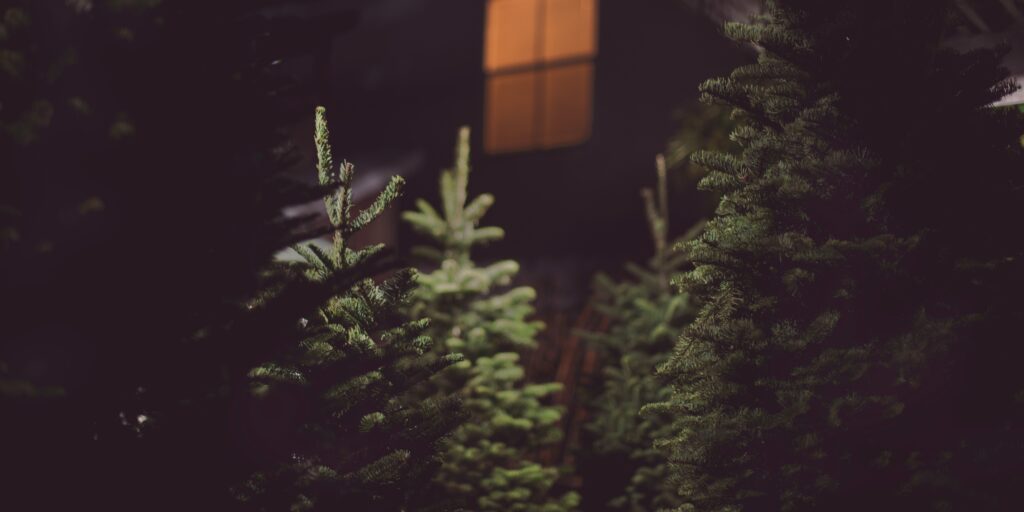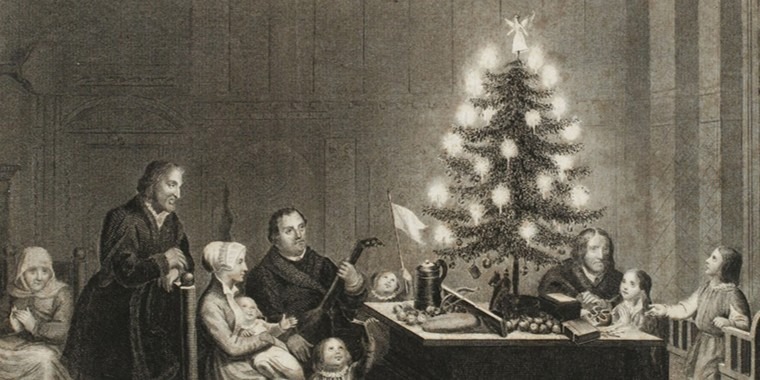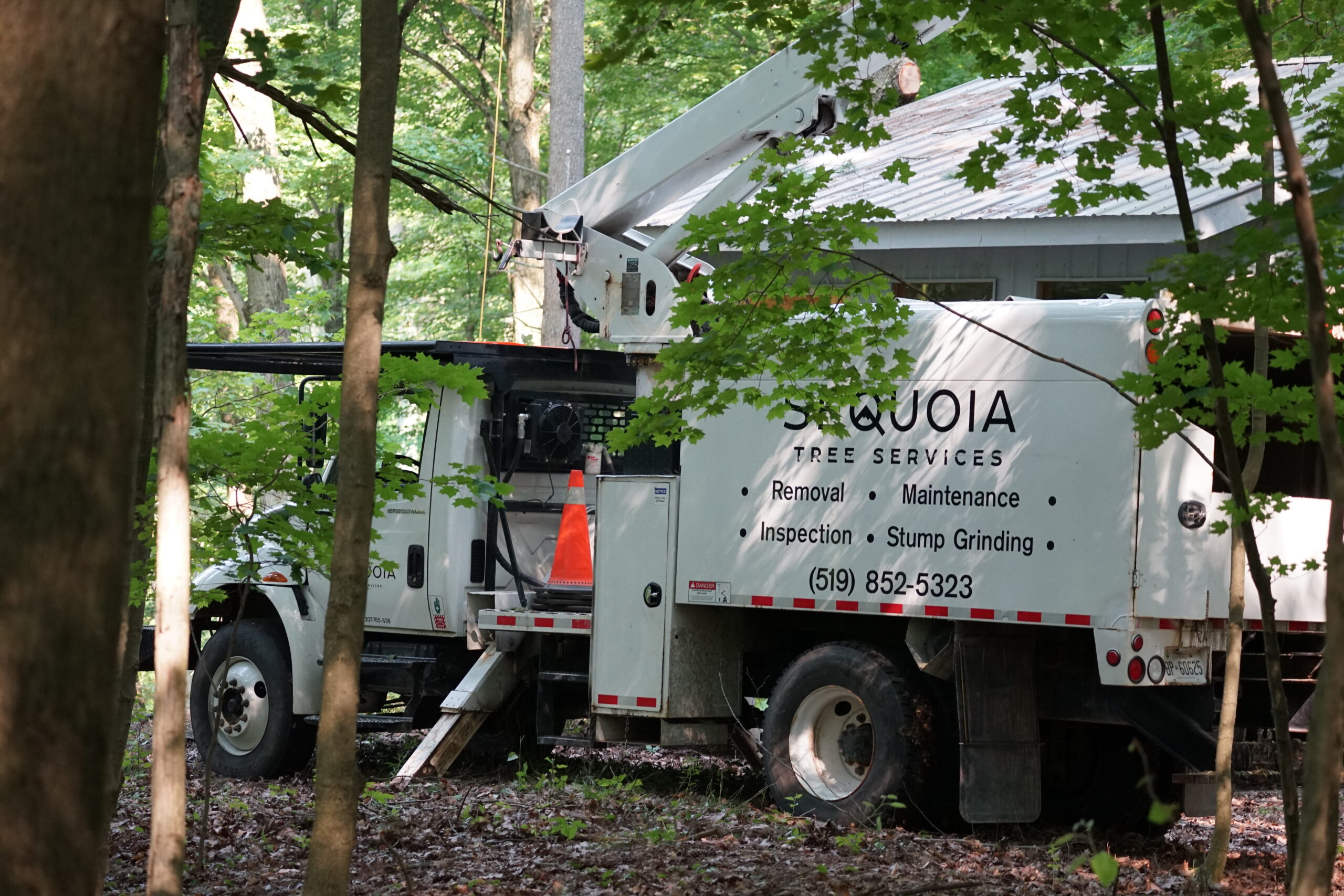
A Seasonal Guide for Pruning
Pruning is one of the most essential practices for maintaining the health, shape, and safety of your trees. However, knowing when to prune can be as important as how you prune. Pruning at the wrong time of year can lead to stress, disease, and unwanted growth, while pruning at the right time promotes health and beauty. In this guide, we’ll walk you through the best times to prune different types of trees and why timing is key to maintaining vibrant, healthy trees year-round.
Why Pruning Matters
Before diving into the seasonal recommendations, it’s essential to understand why pruning is necessary in the first place. Regular pruning can:
- Remove dead or diseased branches.
- Encourage healthy growth and stronger structures.
- Improve air circulation, reducing the risk of pest infestations.
- Enhance the overall appearance of your trees.
- Increase sunlight penetration, which benefits lawns and nearby plants.
Proper pruning also helps reduce the risk of falling branches, which can cause property damage or personal injury.
The Ideal Time to Prune: A Seasonal Breakdown
Winter (Dormant Season)
For most tree species, the best time to prune is in late winter, typically between February and early March. Pruning during the dormant season offers several benefits:
- Encourages Vigorous Growth: Trees pruned in winter heal faster and produce more new growth in the spring.
- Minimizes Stress: Since trees are not actively growing in winter, pruning doesn’t cause as much stress, reducing the risk of disease and pests.
- Visibility: Without leaves, the tree’s structure is more visible, making it easier to identify weak or problematic branches.
Trees that respond well to winter pruning include:
- Maple
- Oak
- Birch
- Spruce
- Pine
Be sure to avoid heavy pruning of trees like birch or maple in late winter, as they may “bleed” sap. While not harmful, it can be messy.
Spring (Before New Growth Appears)
For trees that bloom in the spring, it’s best to prune after their flowers fade. Early spring is a good time for light pruning, such as shaping or removing small branches. However, heavy pruning should be avoided to prevent stunting the tree’s growth.
Trees that bloom in early spring, like lilacs and magnolias, benefit from post-bloom pruning. By waiting until after the flowers fall, you’ll promote better flowering for the next year.
Summer (After New Growth Has Hardened)
Pruning in mid to late summer is less common but can be helpful in controlling the shape and size of the tree. Summer pruning is great for:
- Slowing Growth: If you’re trying to manage the size of a tree, pruning in summer reduces the amount of regrowth compared to pruning in winter.
- Removing Hazardous Limbs: Summer pruning is often focused on safety, such as removing branches that could fall during storms or high winds.
Trees like maple, cherry, and oak benefit from summer pruning. However, avoid pruning too late in the season, as new growth may not have enough time to harden before winter, making it vulnerable to damage.
Fall (Avoid Major Pruning)
Fall is generally the worst time to prune trees. During this time, trees are beginning to go dormant, and pruning can stimulate new growth that won’t have time to establish before winter. This can leave trees more vulnerable to disease and frost damage.
That said, minor pruning, such as removing dead or damaged branches, is still fine in the fall. If you’re dealing with a tree with serious health issues or hazards, it’s best to consult a professional to determine the best course of action.
Species-Specific Pruning Tips
- Fruit Trees: Fruit-bearing trees like apple, pear, and cherry should be pruned in late winter or early spring. This helps improve air circulation and sunlight exposure, which is essential for healthy fruit production.
- Flowering Trees: Prune trees that flower in the spring (such as dogwoods or crabapples) immediately after they finish blooming to avoid cutting off buds for next year’s blooms.
- Evergreens: Evergreen trees like pines and spruces generally require less pruning than deciduous trees. Prune them in late winter or early spring for shape and to remove any dead branches.
When to Call in a Professional
While light pruning can be done by most homeowners, it’s essential to know when to call in the experts. Large trees, trees near power lines, or those with structural issues should always be handled by certified arborists. Professional arborists can:
- Safely remove large or dangerous branches.
- Prune for health and longevity.
- Provide treatments for disease or pests.
- Ensure that your trees are pruned according to best practices.
Final Thoughts
Pruning is more than just trimming a few branches; it’s about giving your trees the care they need to thrive. By pruning at the right time, you’re ensuring healthier, stronger trees for years to come.
